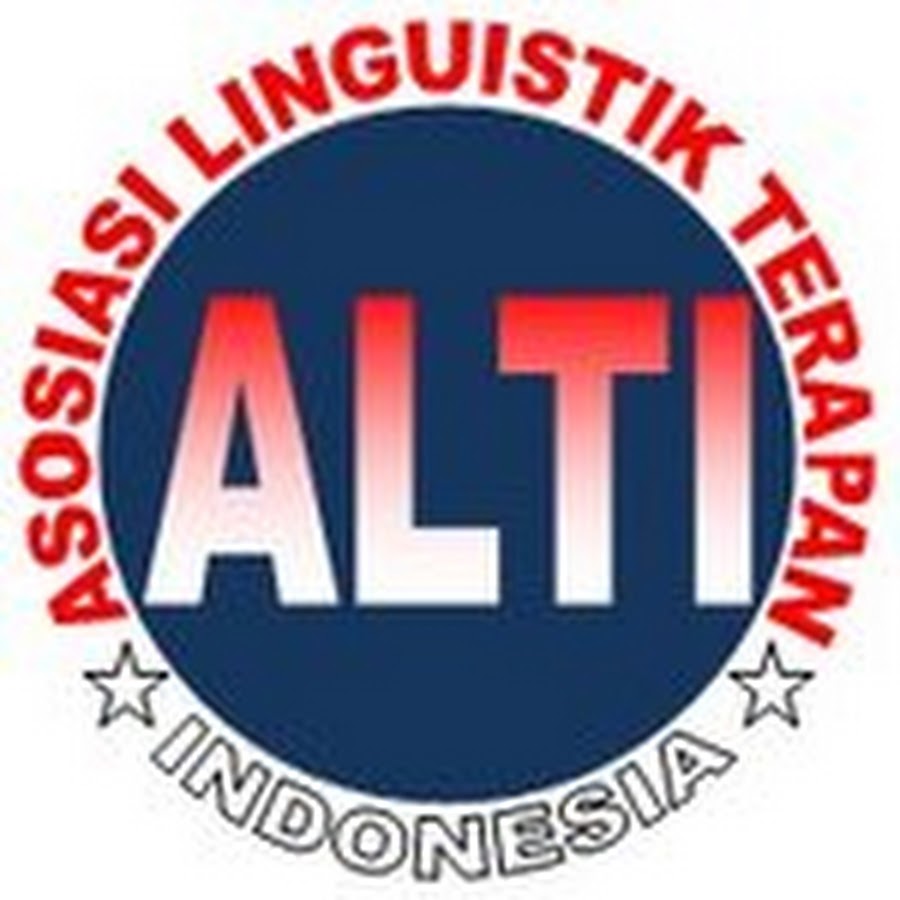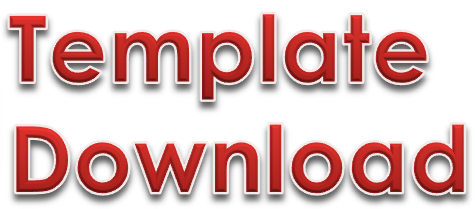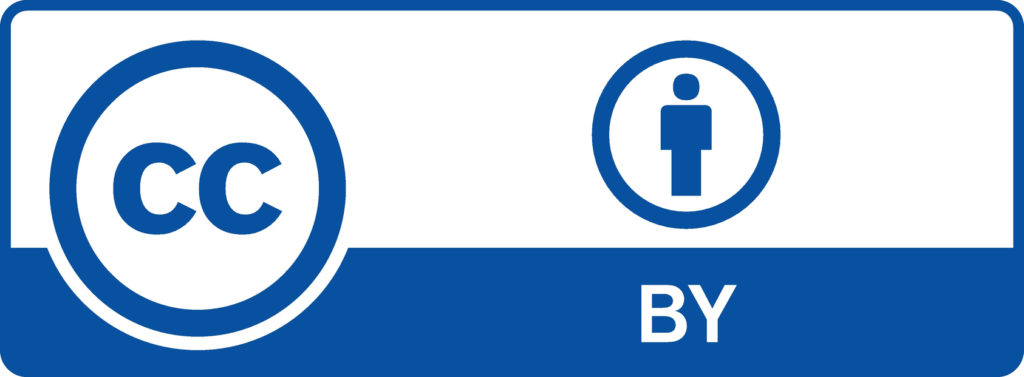Author Guideline
This Author Guideline aims to assist researchers in preparing their manuscripts for submission to Tamaddun. The journal follows the IMRAD (Introduction, Methods, Results, and Discussion) format for publication. By following these guidelines, authors can ensure that their research articles meet the journal's quality and formatting requirements, which will facilitate the review process and increase the likelihood of acceptance.
General Formatting:
- Manuscript should be typed in MS Document format, single spacing on A4-paper size, 5 to 18 pages, or about 3.000-7.000 words.
- Use a standard font (e.g., Times New Roman, 12-point) with 1.0 line spacing.
- Set margins to 1 inch (2.54 cm) on all sides.
- Include page numbers in the bottom right corner.
- Use the APA 7th Edition for Reference Style. It is strongly suggested to use MENDELEY citation manager.
- Organize the manuscript in the following order: title page, abstract, keywords, introduction, methods, results, discussion, acknowledgments (if applicable), references.
- If an article is poorly written due to grammatical errors, it would be forwarded to our proofreading service which would occur in copyediting step when after the article has been accepted by the reviewers.
Title Page:
- Provide a concise and informative title that reflects the content of the study.
- List the full names, affiliations, and contact information of all authors.
- Indicate the corresponding author with an asterisk and provide their email address.
Abstract and Keywords:
Provide a structured abstract of 250 words or fewer, including the following headings: Background, Objectives, Methods, Results, and Conclusion. b. List 4-6 keywords that represent the main topics of the study.
Introduction:
- Present relevant background information to set the context for the study.
- Clearly state the research problem or question.
- Define the objectives or hypothesis of the study.
- Highlight the significance and novelty of the research.
Methods:
- Describe the study design in detail.
- Specify the sample size, population, and sampling technique used.
- Explain the methods of data collection and their validity.
- Detail the statistical methods used for data analysis.
- Address any ethical considerations, including informed consent and institutional review board approvals.
Results:
- Present the results in a logical and organized manner.
- Ensure that the data analysis and interpretation are accurate
- Use appropriate figures, tables, and graphs to effectively present the data.
- Make sure the results address the research question and objectives.
Discussion:
- Provide a comprehensive interpretation of the results.
- Ensure that the conclusions are consistent with the study objectives and results.
- Acknowledge and discuss the limitations of the study.
- Explain the implications of the study findings.
- Offer suggestions for future research in the field.
References:
- Ensure that all sources cited in the text are included in the reference list.
- All articles are expected to have 10 to 20% of references that are recent papers (10 years).
- The journal usually expect a minimum of 10 to 25 references primarily to journal papers, depending on the length of the paper.
- Self-citations: to control for citation manipulation (COPE, 2019), this journal asks that authors keep self-citation to a minimum. We would strongly recommend no more than 5 (including jointly authored publications).
Figures:
- All figures appearing in article must be numbered in the order that they appear in the text.
- Each figure must have a caption fully explaining the content
- Figure captions are presented as a paragraph starting with the figure number i.e. Figure 1, Figure 2, etc.
- Figure captions appear below the figure
- Each figure must be fully cited if taken from another article
- all figures must be referred to in the body of the article
Tables:
- Material that is tabular in nature must appear in a numbered captioned table.
- All tables appearing in article must be numbered in the order that they appear in the text.
- Each table must have a caption fully explaining the content with the table number i.e., Table 1, Table 2, etc.
- Each column must have a clear and concise heading.
- Tables are to be presented with single horizontal line under: the table caption, the column headings and at the end of the table.
- All tables must be referred to in the body of the article.
- Each table must be fully cited if taken from another article.
By adhering to this Author Guideline, researchers can prepare their manuscripts in a manner that meets the journal's requirements and expectations, ultimately increasing the likelihood of their research being published and contributing to the advancement of knowledge in their field.





